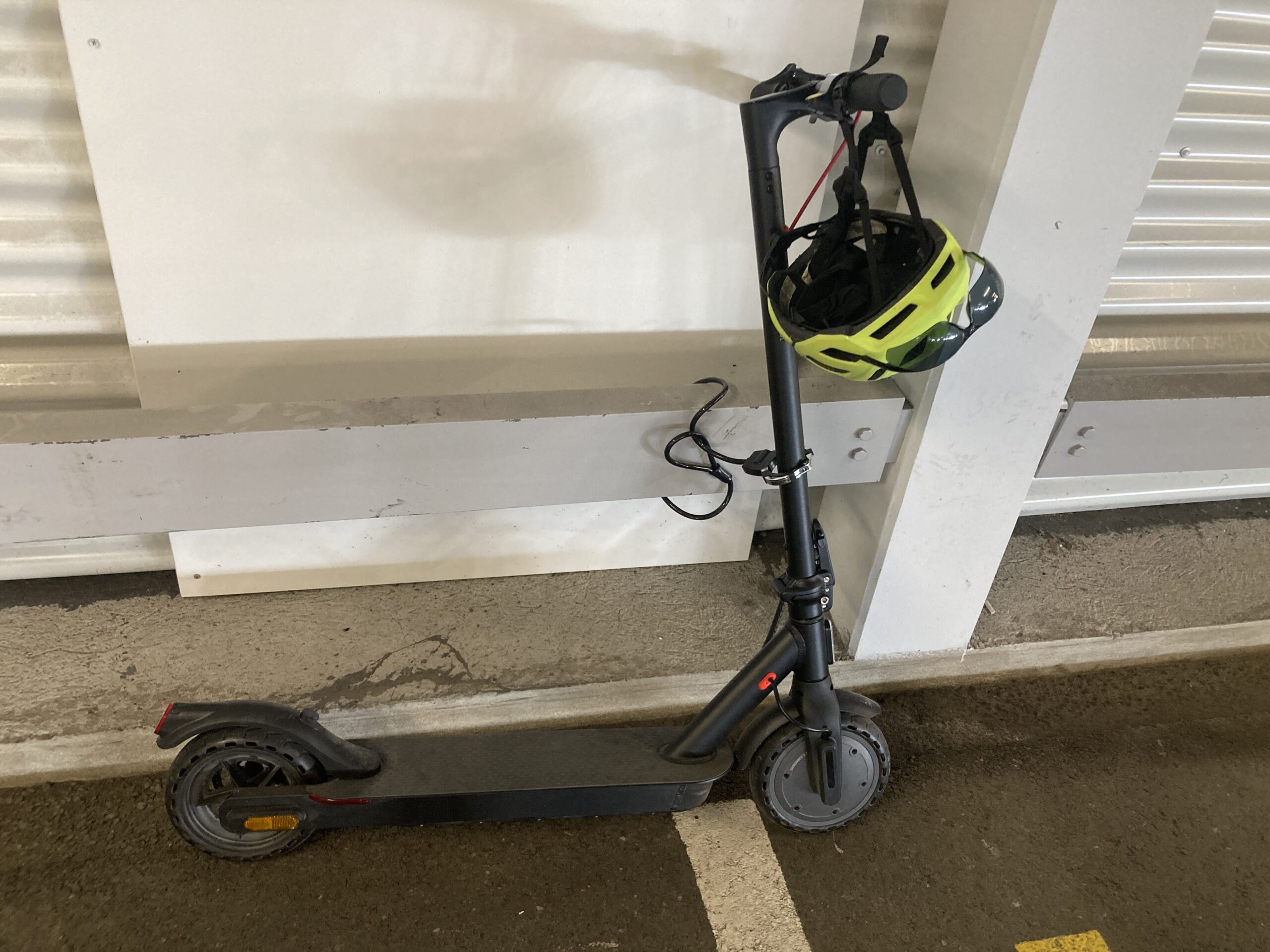Tag: transport
-

On Trips to Geneva by Car, Train and Bicycle
Reading Time: 3 minutesYesterday I cycled along the lake to get to Geneva. When I got to Geneva I cycled by World Meteorological Organisation before heading up from there towards the Graduate Institute, the United Nations High Commissioner for Refugees, the Palace of Nations (Palais des Nations) before heading by the International committee of the…
-
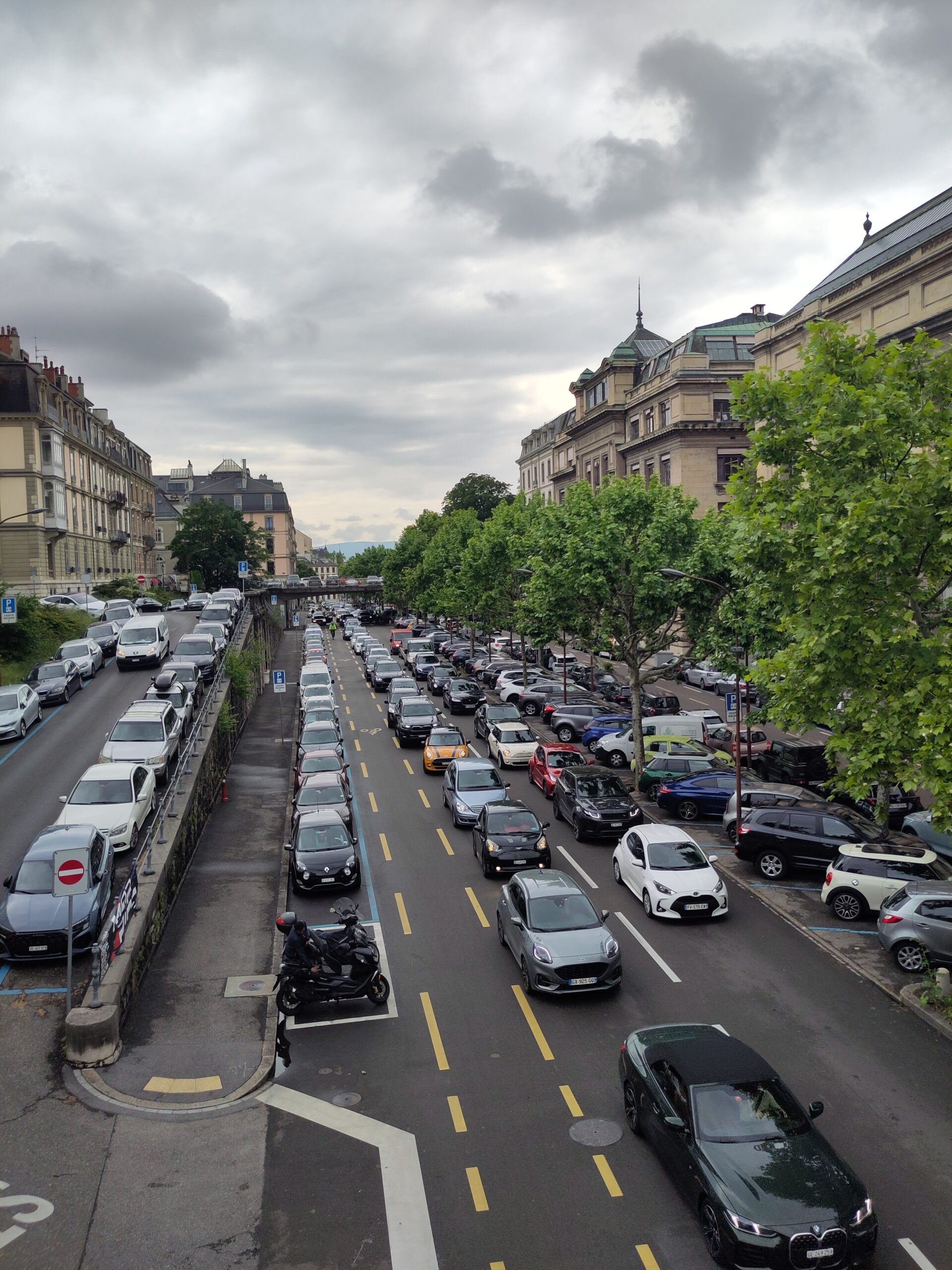
The Train from Eaux-Vives to Nyon
Reading Time: < 1 minuteWithin 31-34 minutes you can be in Geneva-Eaux-Vives by the RE33 train. Yesterday I tested it on the way back from Silicon Chalet Event 39 about Infrastructure as Code and Security, a combination for success. The talks were interesting and informative. It’s an opportunity to see people from the Geneva tech…
-

Commuting to Geneva By Car and Train
Reading Time: 3 minutesI rarely go to Geneva for two reasons. The first is that there is rarely a compelling reason to go into Geneva, except for work related things. The second reason is that Geneva is expensive to get into. To get to Geneva and back, by train, will cost 9.40 CHF. According to…
-
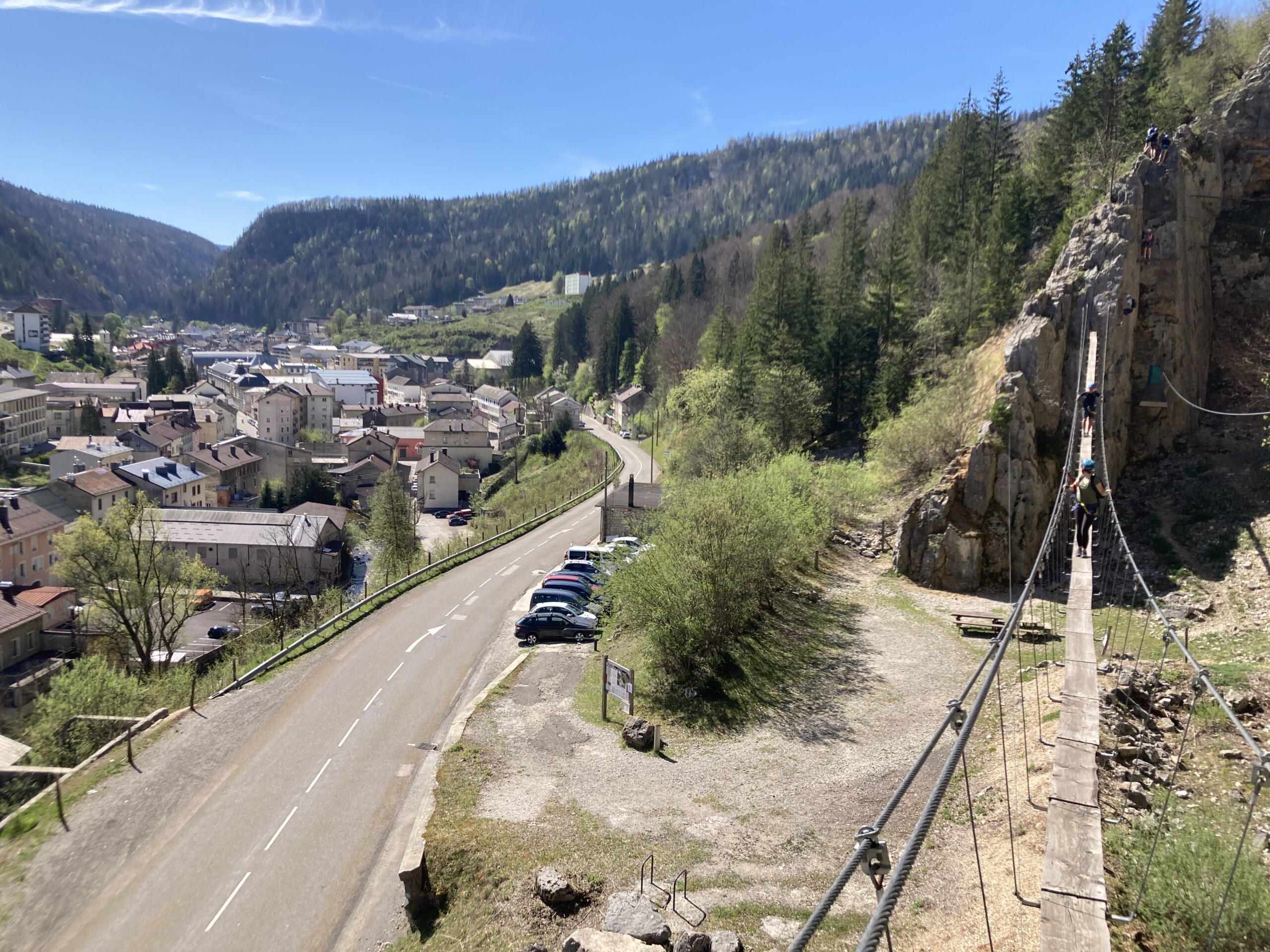
Planning Hikes with Public Transport in Mind
Reading Time: 2 minutesYesterday I was surprised that someone had planned an activity without public transport in mind. A few years ago I would not have noticed. For a long time I never considered that people would want to take buses and trains to the start of a hike. Now I do. For me, at…
-
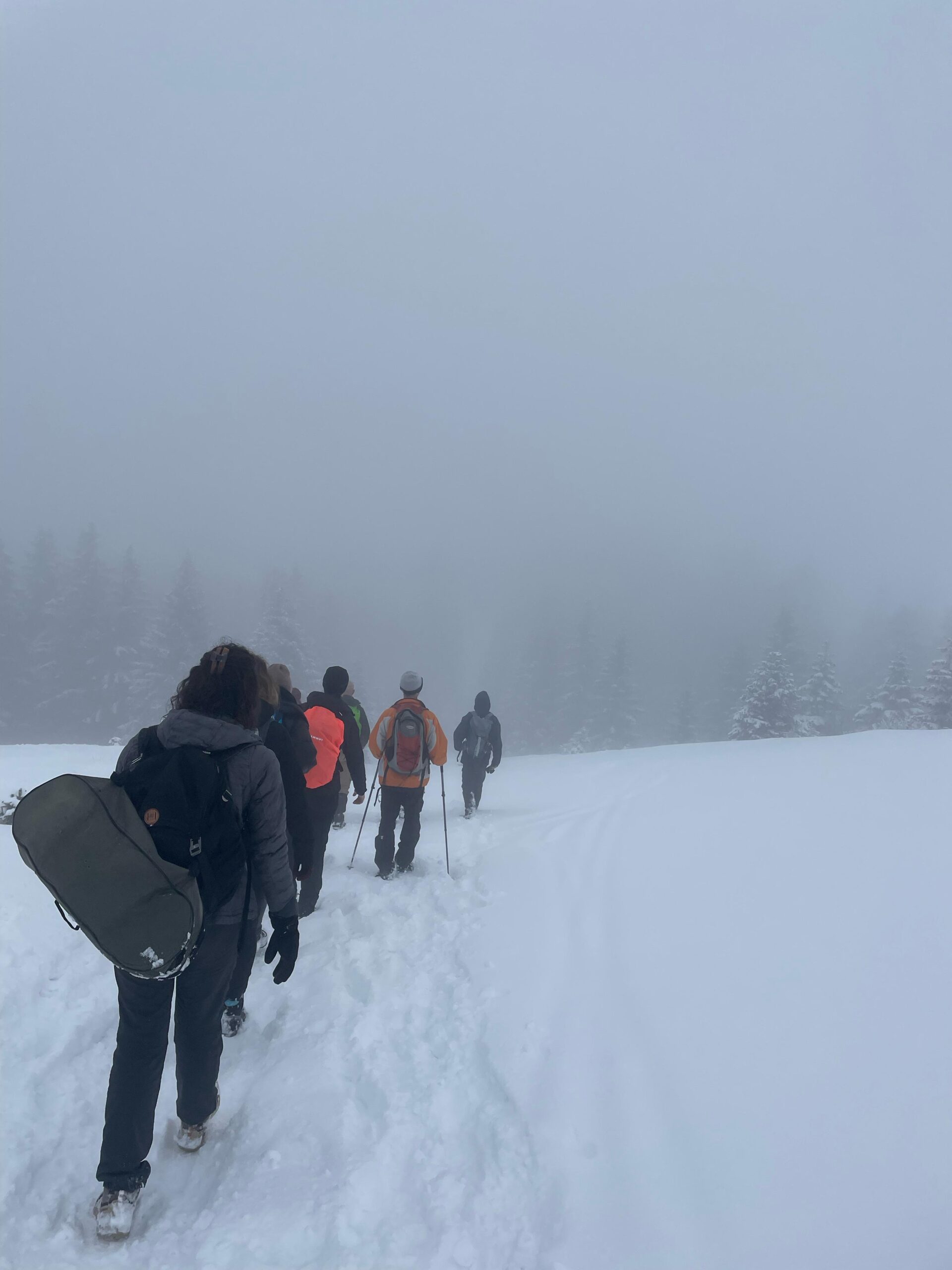
Walking from one Valley to Another
Reading Time: 2 minutesSometimes when we go for a hike we walk along a route that makes getting back to the car quick and easy. For tomorrow’s walking getting back to the car would take three trains and more than an hour. For Londoners this is a familiar routing situation, but for people in Switzerland…
-

Silly Not to Mask
Reading Time: 2 minutesOn Sunday, less than a week ago I was on a train. I could hear someone coughing, and coughing. She sat in the seats a set of seats in front of the group of people I was with. I could hear the bronchial cough and I considered masking but didn’t and now…
-
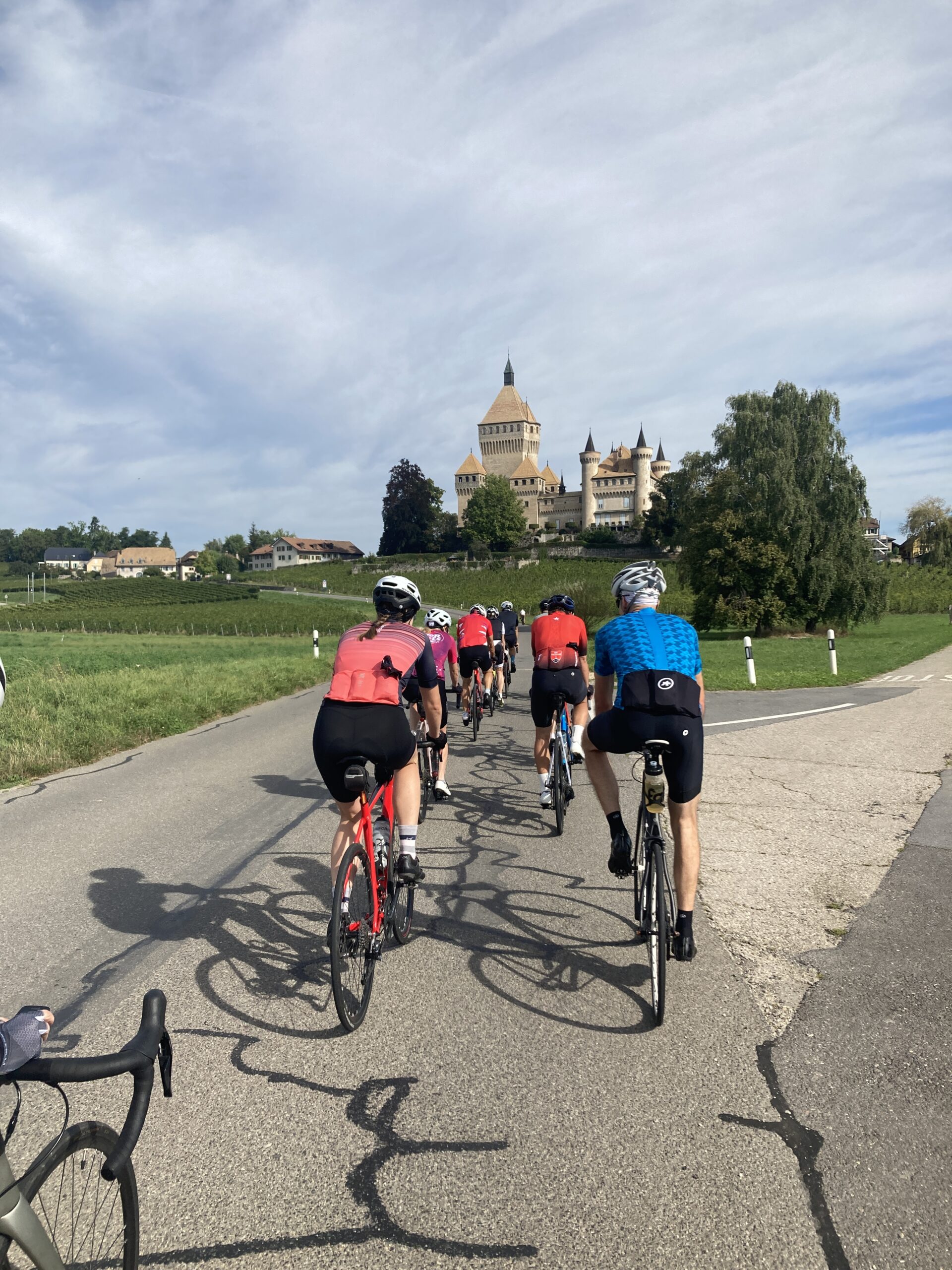
Linear Bike Rides and Trains
Reading Time: 2 minutesYesterday I was watching the Tour De Romandie Morges to Morges stage and I was struck by how much of the route I am familar with. It’s not just that I’m familiar with the route that I road with the group, but that I’m familiar with parts of the full tour. Over…
-

By Train or By Car
Reading Time: 3 minutesFor many years I could go to work by car so I did, because I had a parking. When I worked for other employers I took the train for a simple reason. Parking near work would cost 36 CHF per day whereas taking the train would cost about 14.50 CHF per day. I stopped…
-
On the Potential of Self-Driving Cars
Reading Time: 3 minutesWhen people write about self-driving cars they write from the perspective of people living in cities. I live in the Swiss countryside at the foot of the Jura which results in me seeing the potential of self-driving cars differently. For a start at the moment buses operate from 5 in the morning to…
